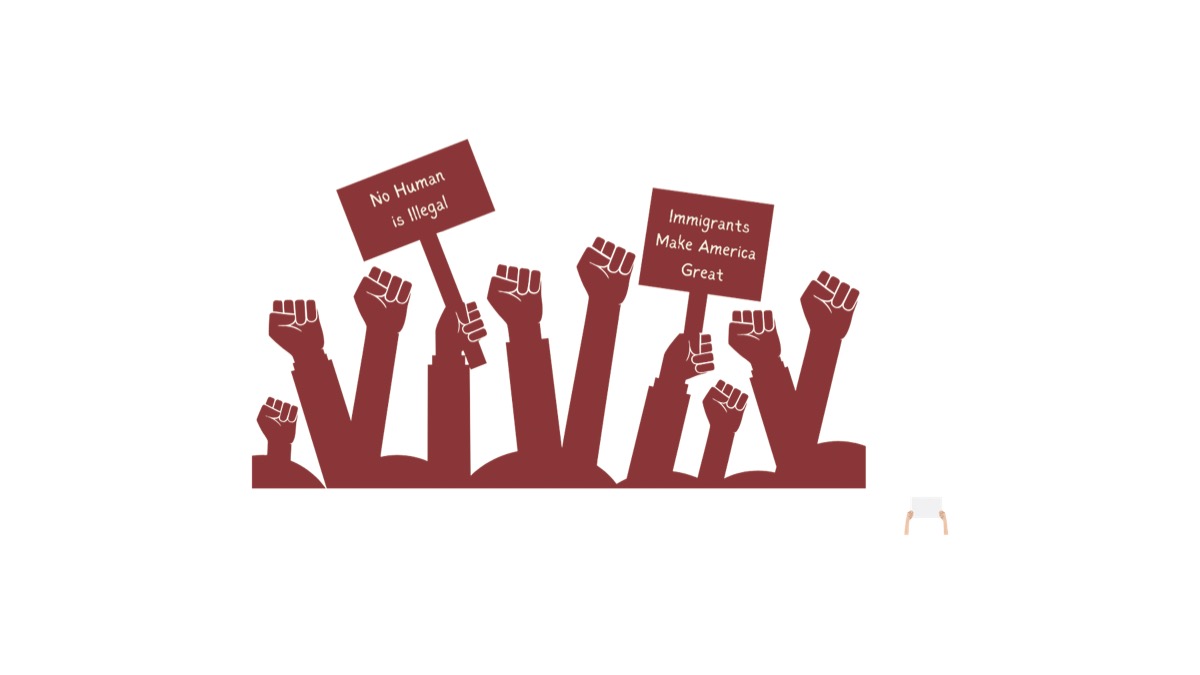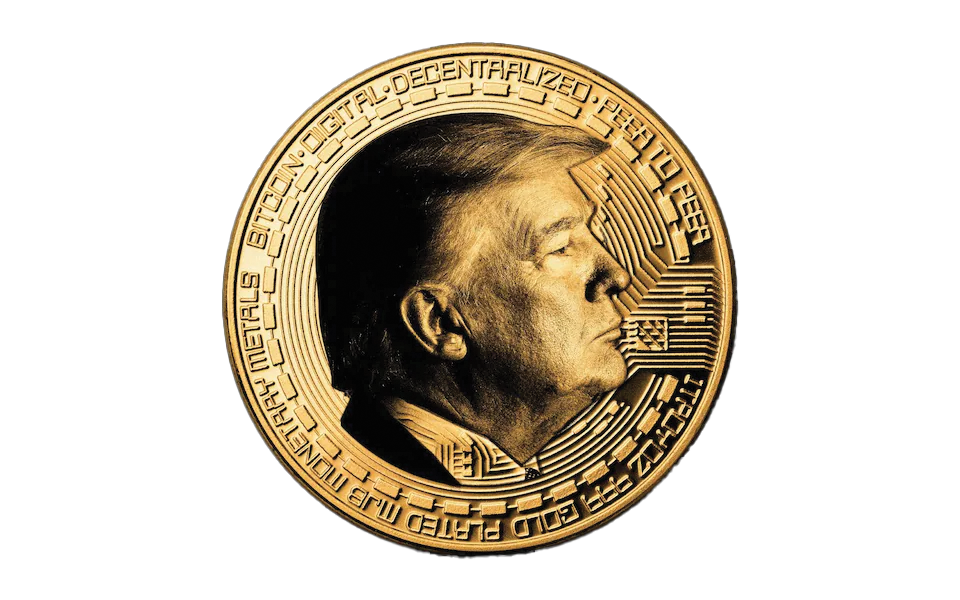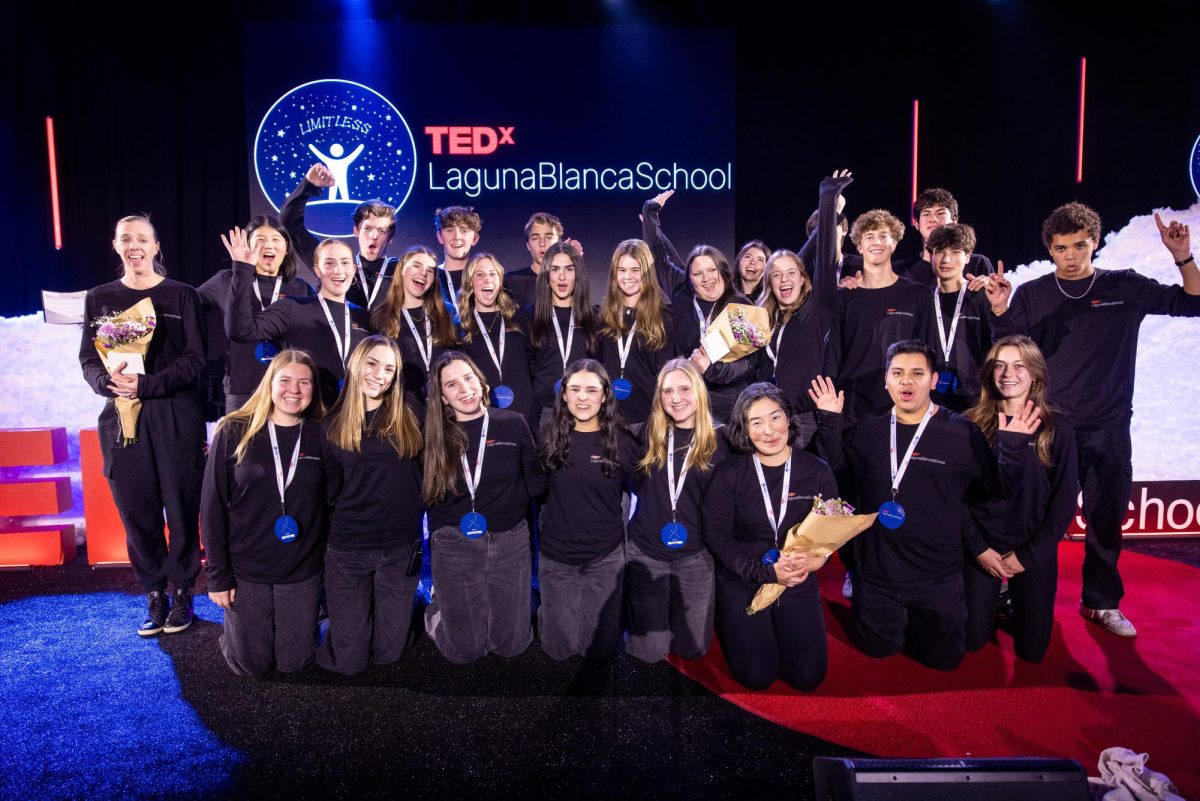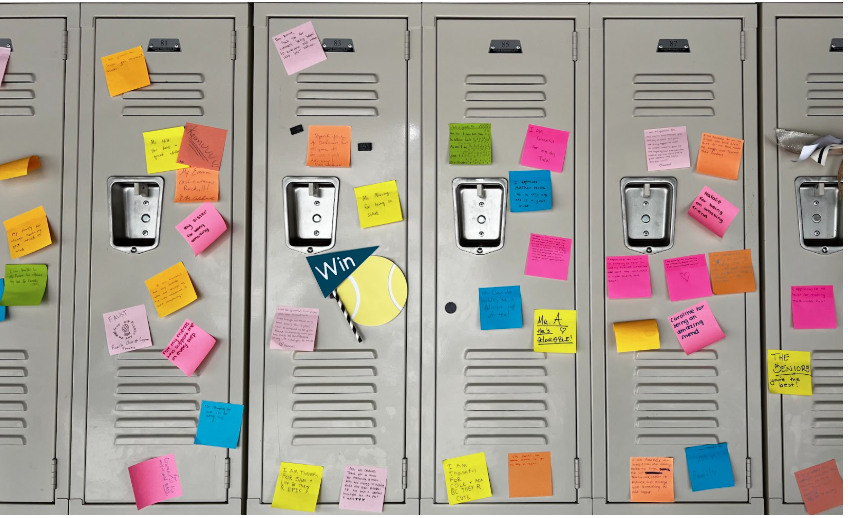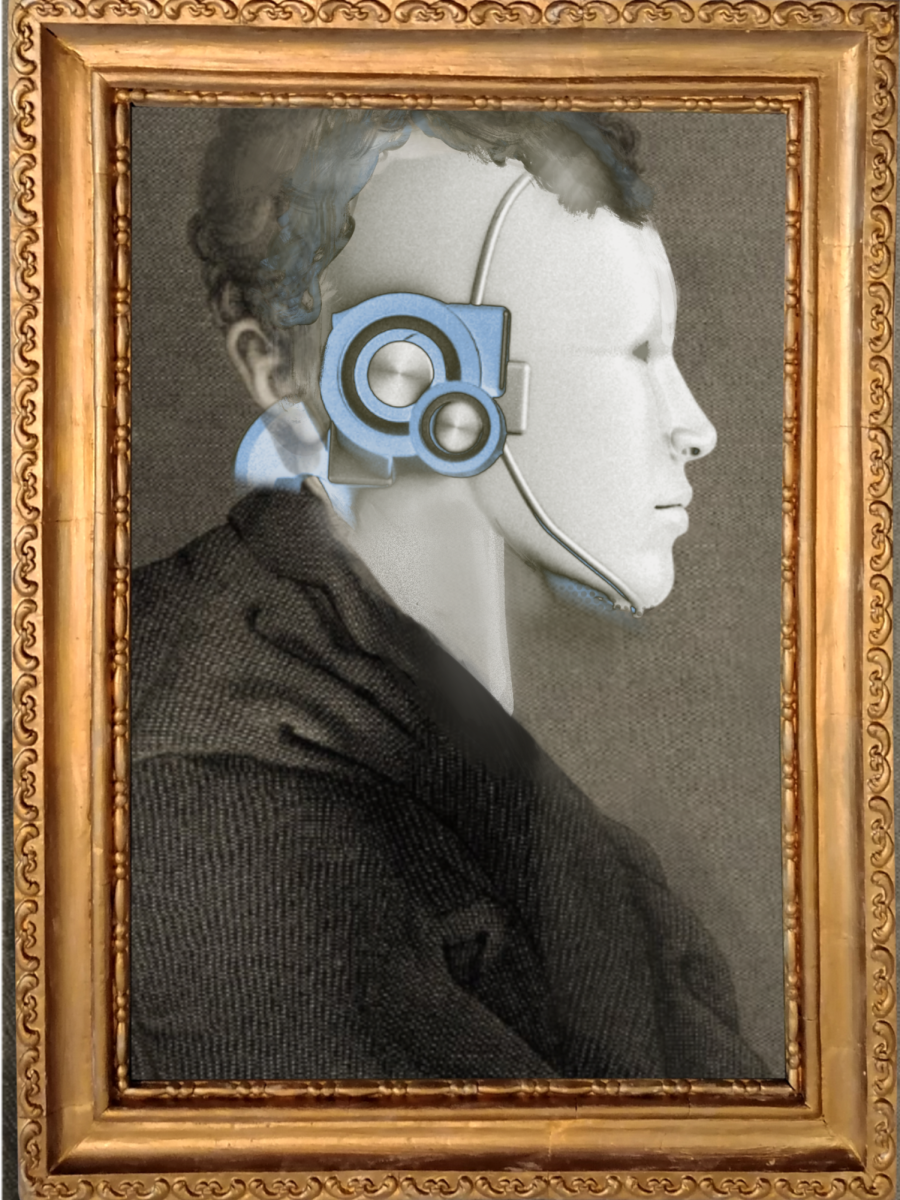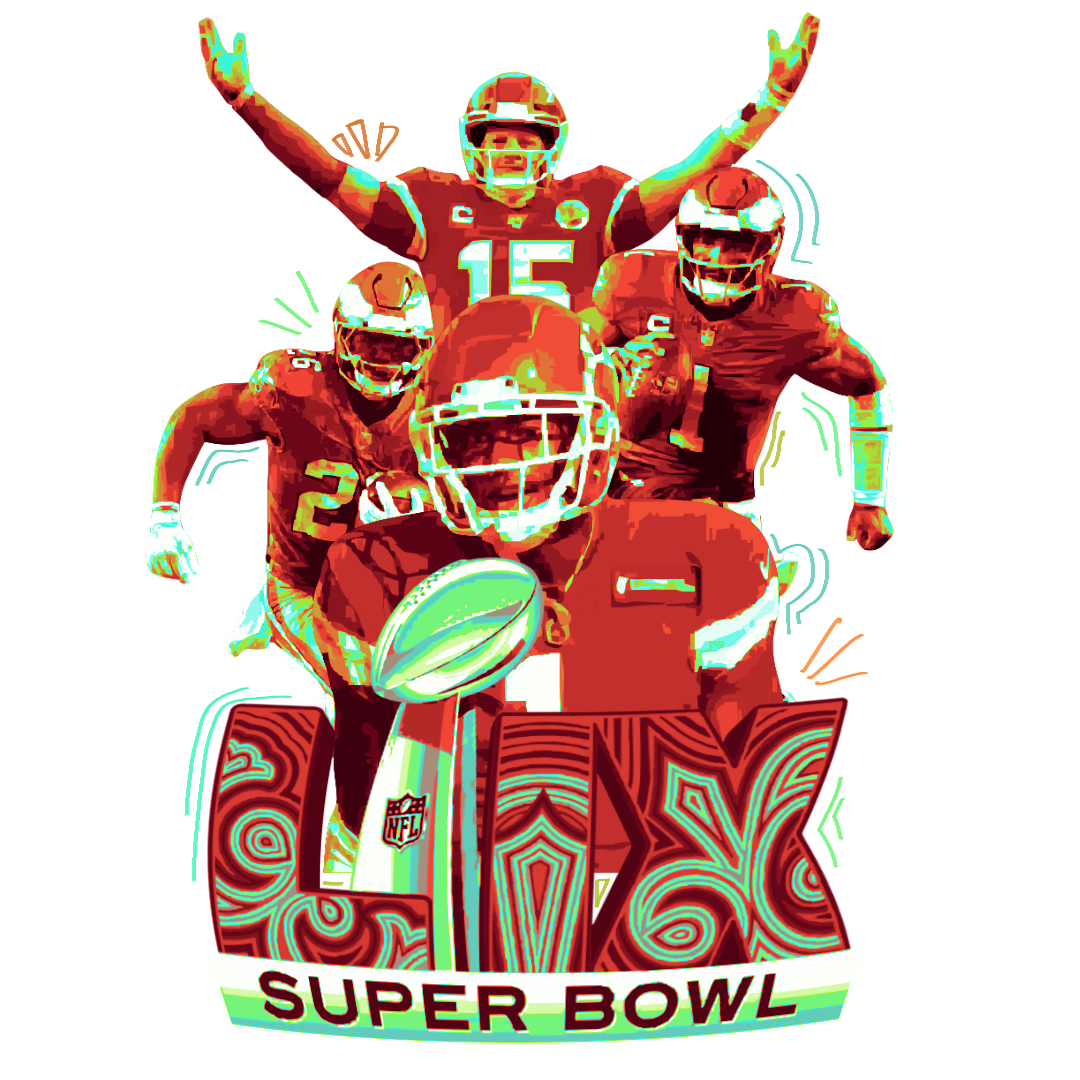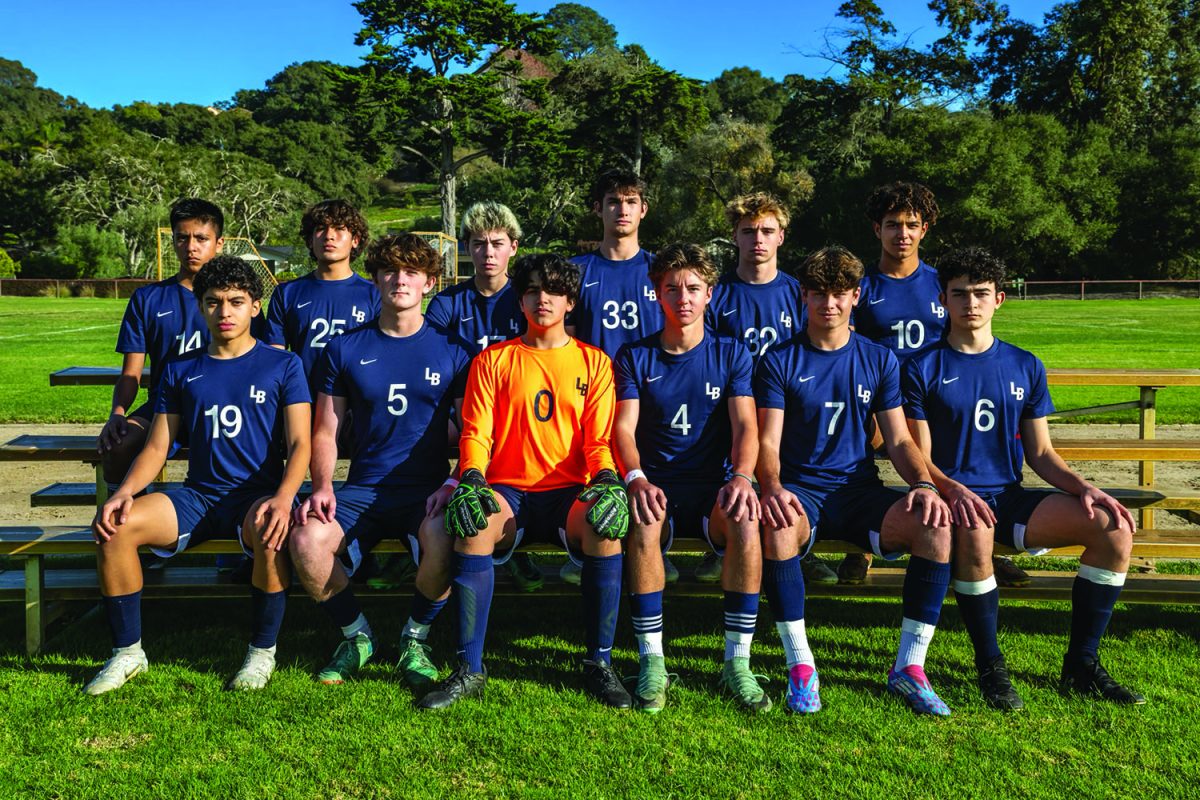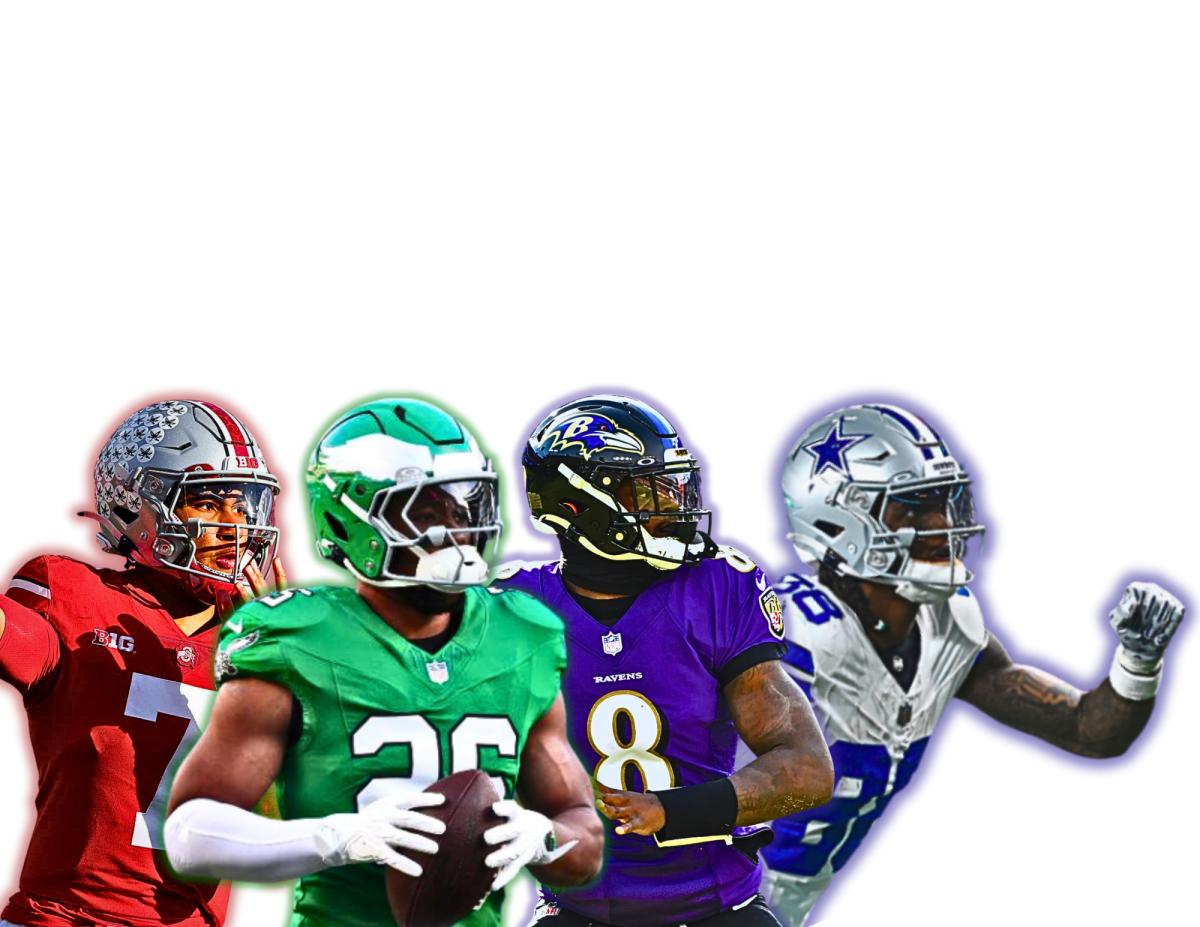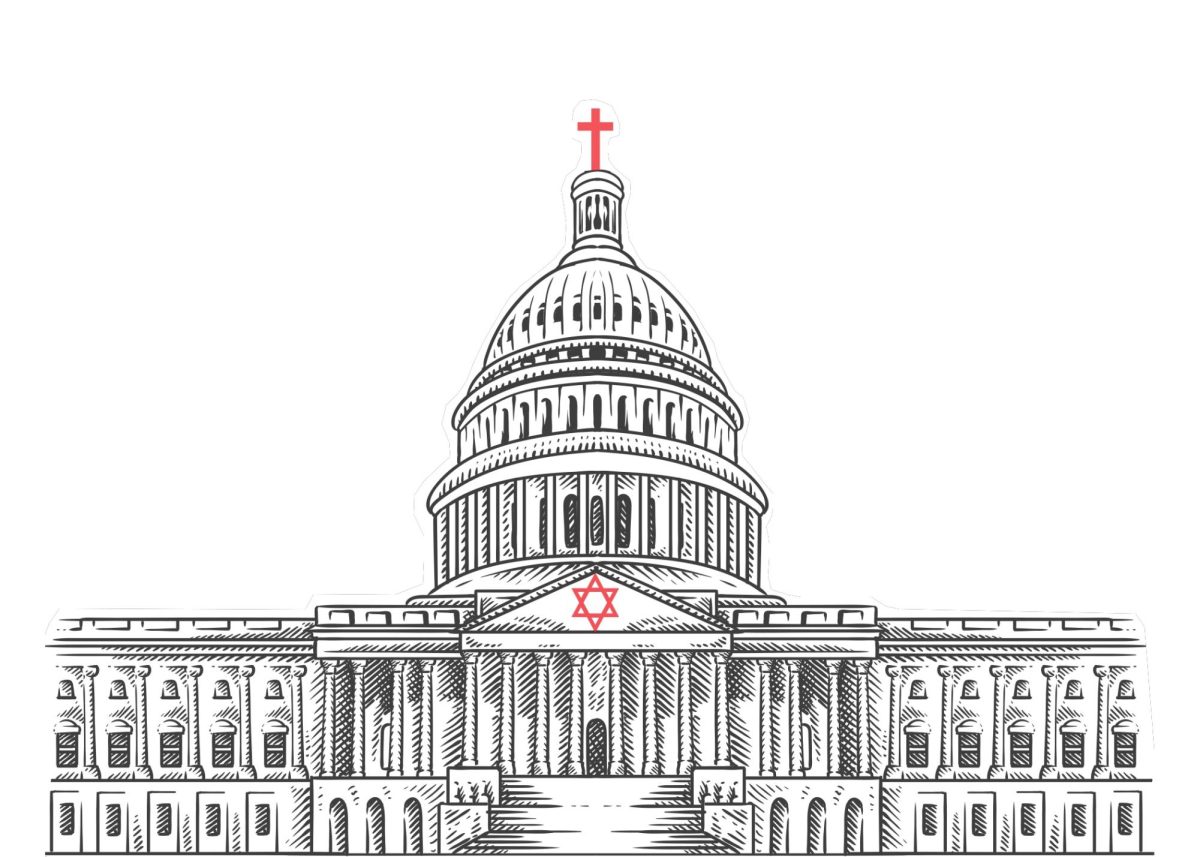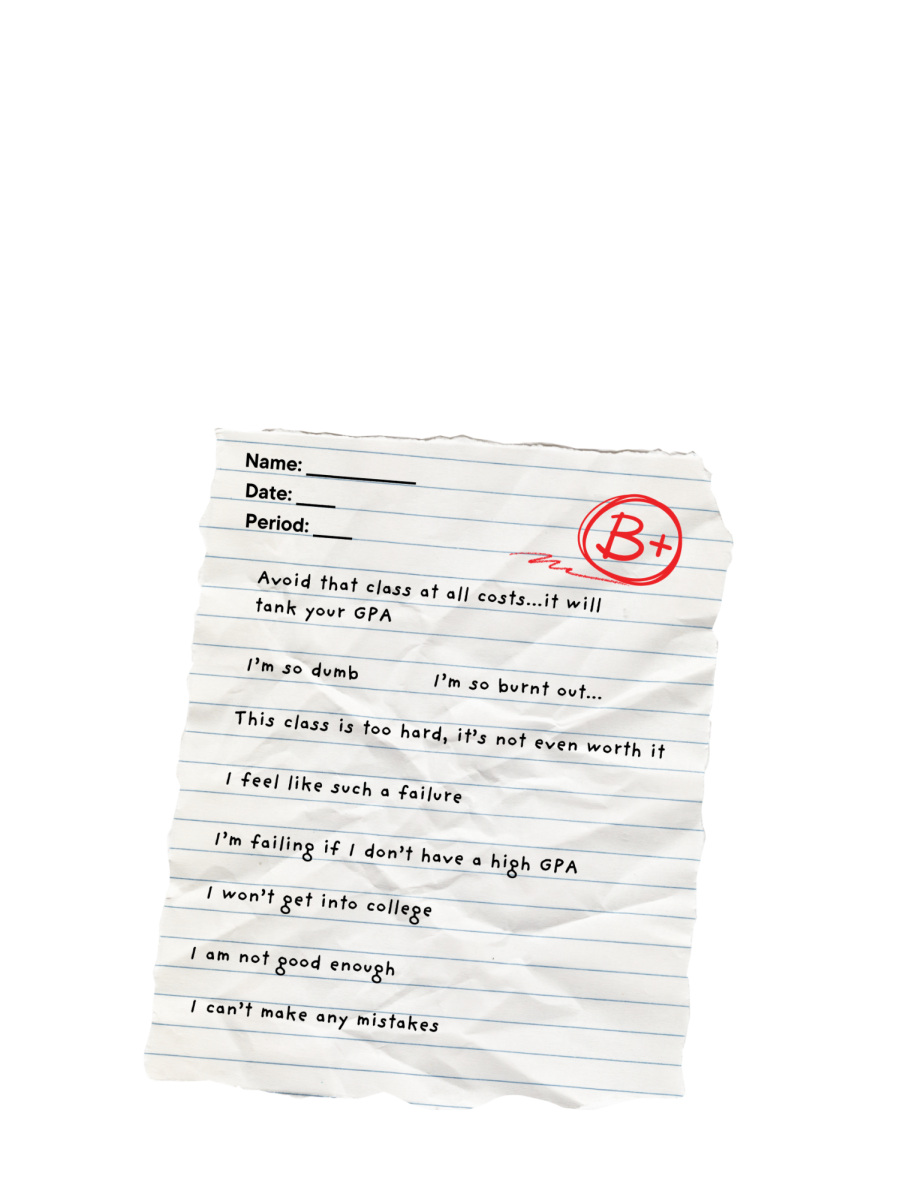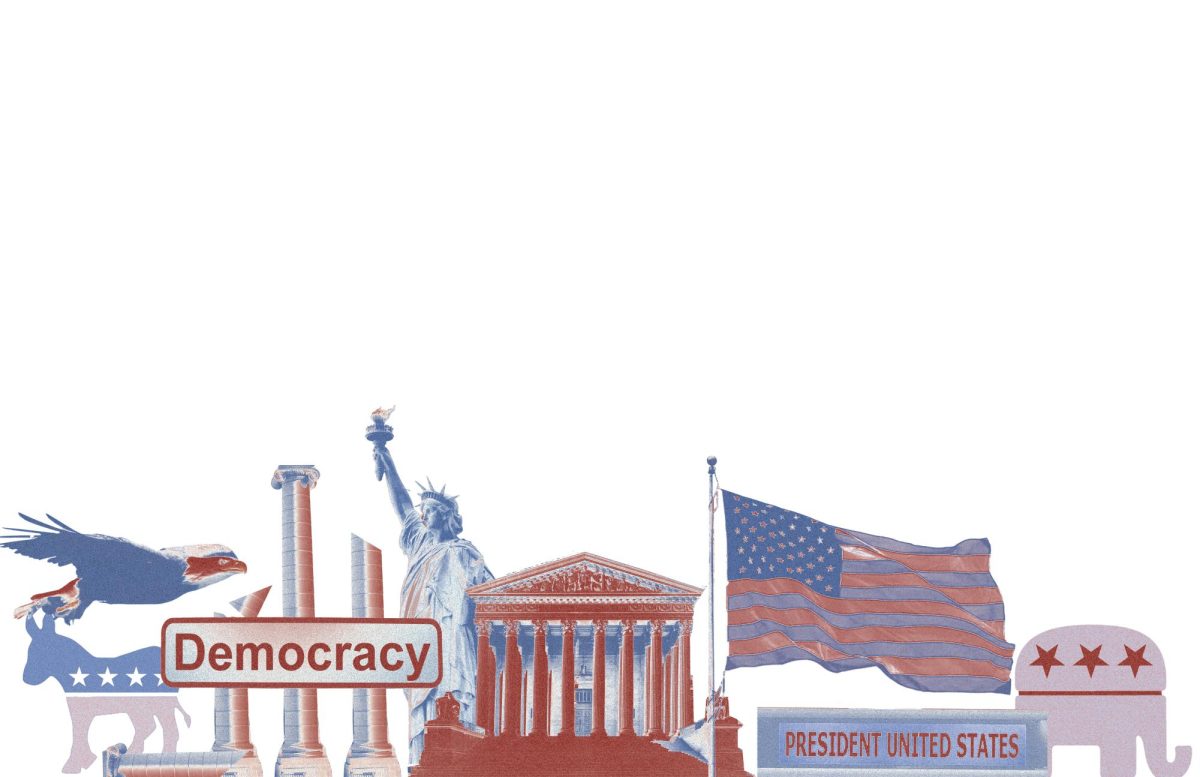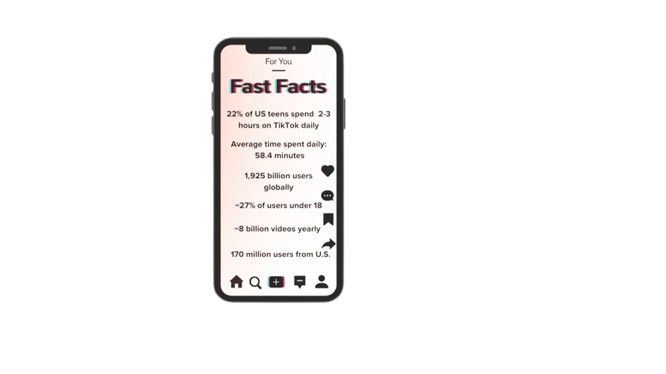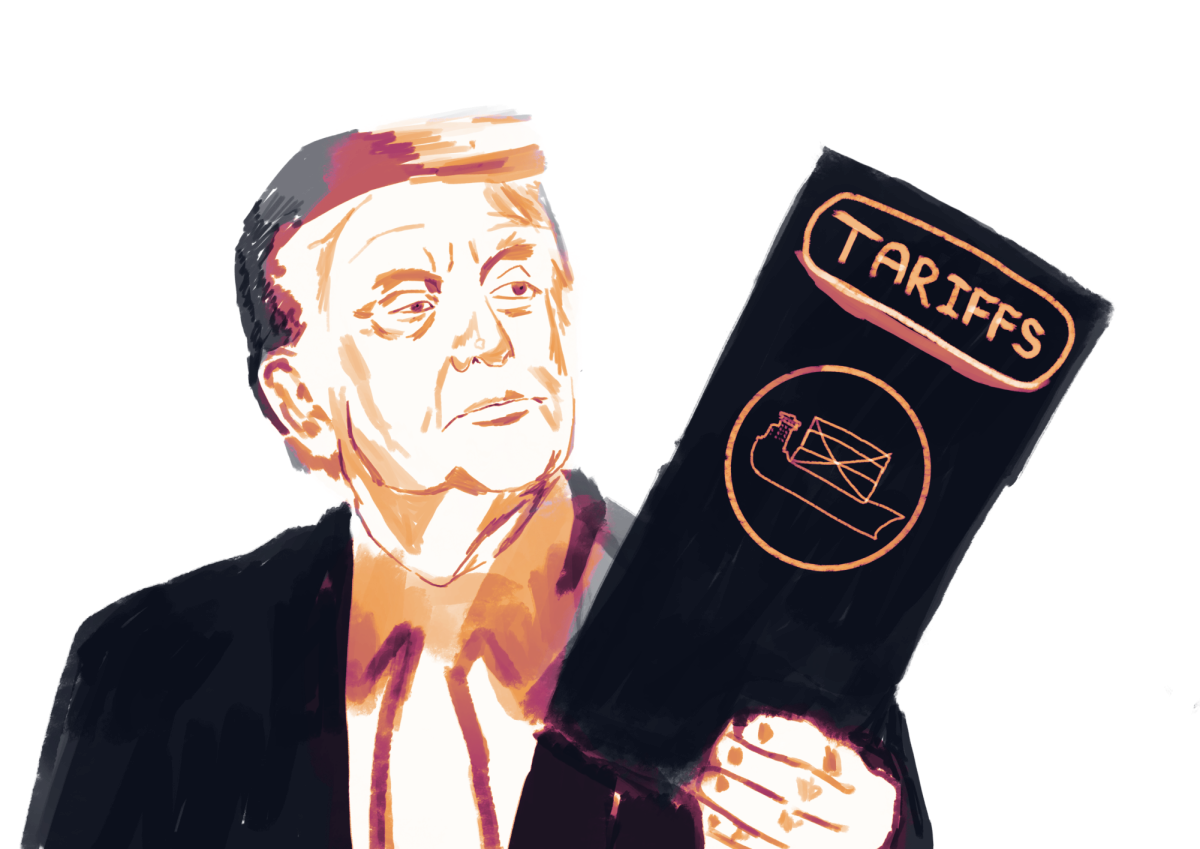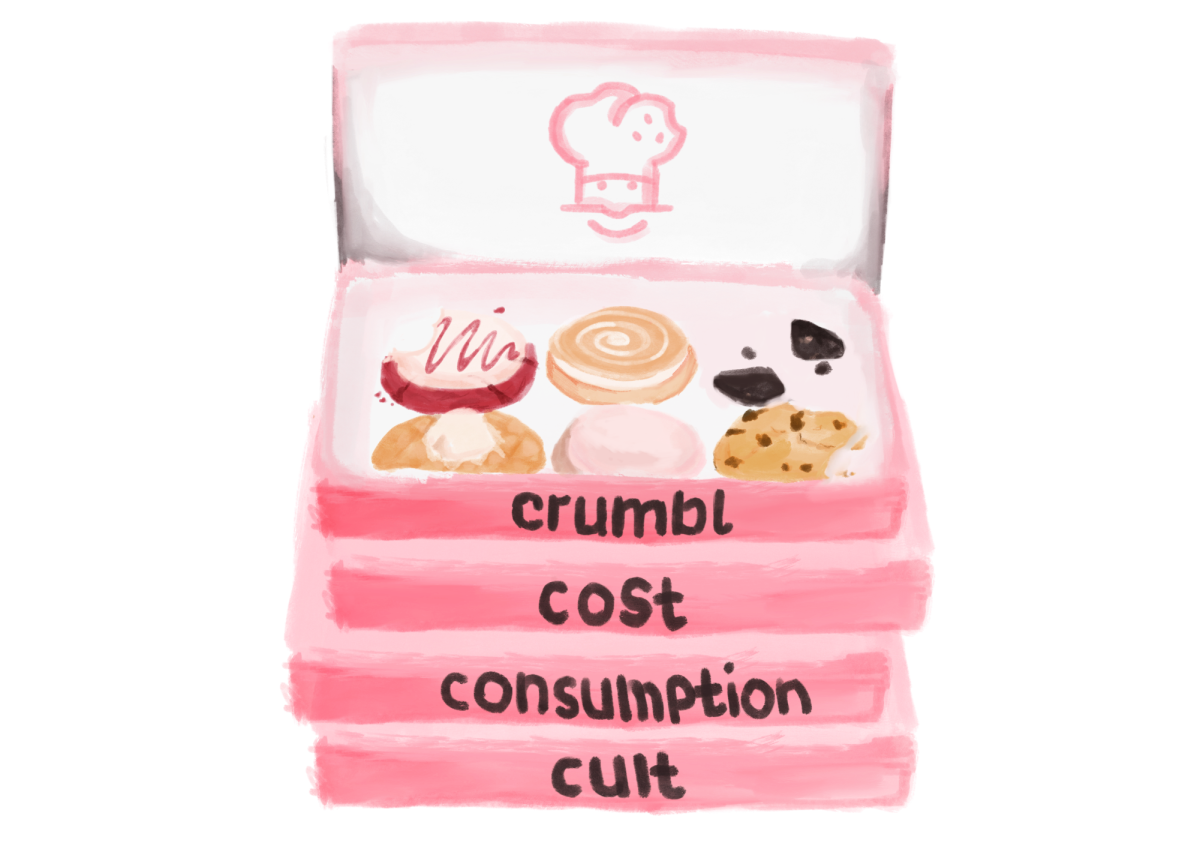Imagine the thrill of opening a mystery package and not knowing what’s inside until the big reveal. That’s the allure of surprise boxes—sealed treasures that hide a surprise figure or item, making each purchase a game of chance.
The allure of surprise boxes lies in their mystery—sealed packages hiding a random figure or item, turning each purchase into a game of chance.
“I enjoy the surprise factor of blind boxes. Not knowing what I’m getting is exciting because there’s always a chance of getting something outstanding,” freshman Lulu Simpson said.
This uncertainty fuels excitement. Opening a surprise box triggers a rush of dopamine, making the experience addictive. Whether the surprise is satisfying or disappointing, the mystery keeps people coming back for more.
“Blind boxes reinforce the behavior of wanting to repurchase them,” SRP Coordinator and Science Instructor Meghan Roarty said.
Toy companies capitalize on this excitement by releasing limited-edition figures that are much rarer than the regular ones. These exclusive designs are often more unique and appealing, driving collectors to keep buying in hopes of scoring one. Most of the time, these limited editions are only available through blind boxes, making them even harder to obtain—and encouraging buyers to spend more money.
“When I open a blind box, I hope to get the limited edition or secret figure because they’re usually way cuter than the normal ones,” Lulu said.
The feeling of getting a rare figure is like winning the lottery. Take Sonny Angel figures, for example—small angelic characters with themed hats, ranging from bunny ears to holiday designs.
Some boxes offer an ultra-rare figure known as a Robby, with odds of just 1 in 144.
This rarity attracts resellers, who sell Robbies for nine or ten times their original price, sometimes reaching $90 to $100. Seeing these figures sell for such high prices encourages consumers to keep buying, even if they don’t get what they want.
“The rarity of a blind box plays a role in the reinforcement schedule. If you get a rare figure, that reward reinforces the behavior—just like with any action that leads to a positive outcome, you’re more likely to do it again,” Roarty said.
Once someone buys a surprise box, they’re more inclined to get another. This is partly due to the “gacha effect,” a phenomenon similar to gambling, where people believe that with just one more try, they’ll get what they want. The idea that persistence will eventually lead to success keeps buyers hooked.
While surprise boxes and gambling are not identical, they share the thrill of uncertainty.
With blind boxes, buyers are ensured an item, whereas gambling carries the risk of losing everything.
“Gambling is a lot bigger than blind boxes. With gambling, it’s actual monetary wins and losses, but with surprise boxes, you know you’ll get something. Still, there’s a connection—blind boxes encourage the same repetitive behavior,” Roarty said.
The growing popularity of blind boxes reflects their impact on consumer habits. In 2023, the global market was valued at $16.96 billion and is projected to reach $38.4 billion by 2031—more than doubling in less than a decade.
“I see some similarities between blind boxes and gambling. I think people get drawn in and obsessed with the feeling of opening them,” Lulu said.
Although blind boxes and gambling aren’t entirely the same, their appeal is rooted in the same concept: the excitement of the unknown.

